Dwarf Mongoose
- February 9, 2024
- 0 comment
The dwarf mongoose, a small carnivorous mammal native to Africa, is a fascinating creature known for its social behavior and agile nature. Despite its diminutive size, ranging from 7 to 12 inches in length and weighing between 210 to 350 grams, the dwarf mongoose plays a significant role in its ecosystem. These mammals are typically found in sub-Saharan Africa, inhabiting diverse habitats such as savannas, woodlands, and scrublands. They live in close-knit family groups called troops, led by a dominant breeding pair.
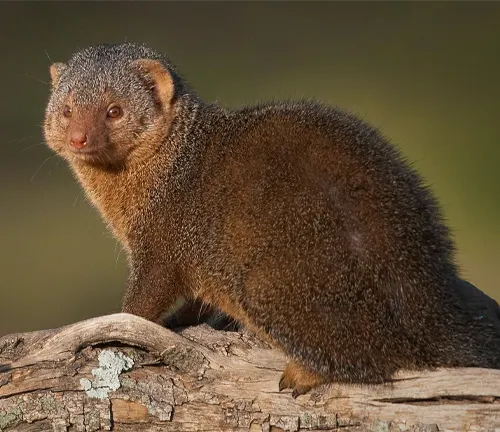
Cooperative behavior, mutual grooming, and efficient hunting techniques characterize their social structure. Dwarf mongooses have a diverse diet, consisting of insects, small rodents, reptiles, and eggs, which they hunt with precision and agility. Breeding occurs during the rainy season, with females giving birth to litters of 2 to 5 pups. While they face threats from larger predators and habitat loss, ongoing conservation efforts aim to protect their populations and habitats. Through their playful demeanor, communication skills, and vital ecological role, dwarf mongooses exemplify the resilience and adaptability of wildlife in Africa.
| Specifications | Details |
|---|---|
| Scientific Name | Helogale parvula |
| Common Name | Dwarf Mongoose |
| Average Length | 7 to 12 inches |
| Average Weight | 210 to 350 grams |
| Habitat | Sub-Saharan Africa |
| Habitat Types | Savannas, Woodlands, Scrublands |
| Social Structure | Troops led by dominant breeding pair |
| Group Size | Up to 20 individuals |
| Diet | Insects, Small Rodents, Reptiles, Eggs |
| Reproduction | Breeding during rainy season; litters of 2 to 5 pups |
| Lifespan | 6 to 8 years (wild); up to 10 years (captivity) |
| Threats | Predation, Habitat Loss, Human Encroachment |
| Conservation Status | Not Endangered, Stable Population |
A Fascinating Insight into Africa’s Smallest Carnivore

The dwarf mongoose, scientifically known as Helogale parvula, is a small carnivorous mammal native to Africa. Despite its diminutive size, this fascinating creature plays a significant role in the ecosystem it inhabits.
Physical Characteristics
Dwarf mongooses typically measure around 7 to 12 inches in length and weigh between 210 to 350 grams. They have slender bodies, short legs, and a pointed face with small, rounded ears. Their fur coloration varies from grayish-brown to reddish-brown, often with lighter underparts.
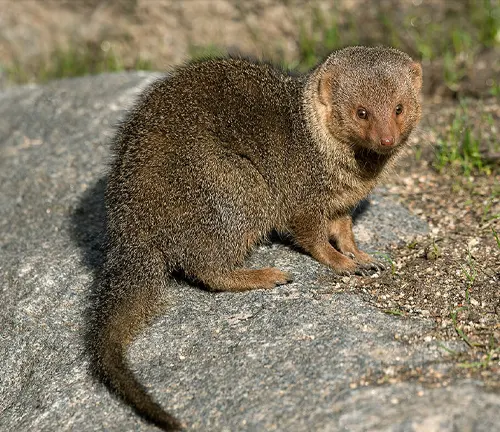
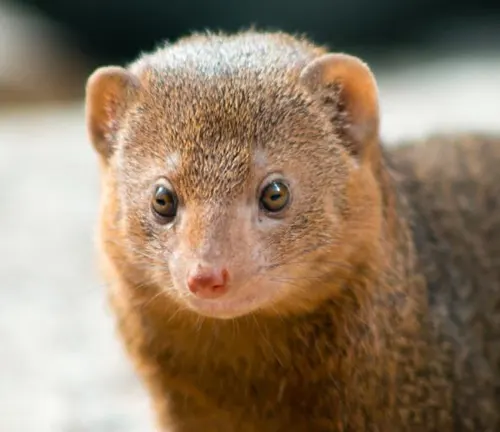
- Size: Dwarf mongooses are small mammals, typically measuring between 7 to 12 inches in length.
- Weight: They weigh approximately 210 to 350 grams, making them one of the smallest carnivores in Africa.
- Body Shape: They have slender bodies with short legs, allowing them to move quickly and efficiently through their habitat.
- Fur: Their fur is short and dense, with coloration ranging from grayish-brown to reddish-brown. The underparts are often lighter in color.
- Face: Dwarf mongooses have a pointed face with small, rounded ears and a relatively short snout.
- Tail: Their tail is moderately long and bushy, often with a black tip.
- Teeth: They have sharp, pointed teeth adapted for carnivorous feeding, including tearing into prey and chewing.
Habitat and Distribution
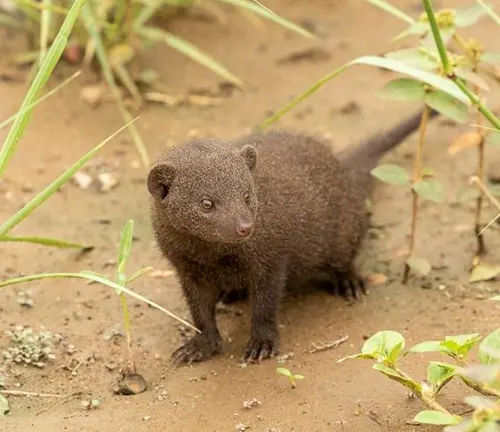

These agile mammals are primarily found in sub-Saharan Africa, inhabiting a range of habitats including savannas, woodlands, and scrublands. They are most commonly spotted in areas with dense vegetation, which provides cover from predators.
- Savannas: Dwarf mongooses are commonly found in savanna grasslands, where they utilize the open terrain to forage for food and maintain visibility to detect predators.
- Woodlands: They also inhabit wooded areas, including both dry and moist woodlands, where they can find shelter and resources such as insects, small rodents, and fruits.
- Scrublands: Dwarf mongooses thrive in scrublands characterized by dense vegetation, where they can take cover from predators and access a variety of food sources.
- Grasslands: Open grasslands provide suitable habitat for dwarf mongooses, allowing them to move freely and hunt for insects and other prey.
- Thickets and Bushes: Dense thickets and bushy areas are favored by dwarf mongooses for nesting and shelter, offering protection from predators and adverse weather conditions.
Social Structure and Behavior
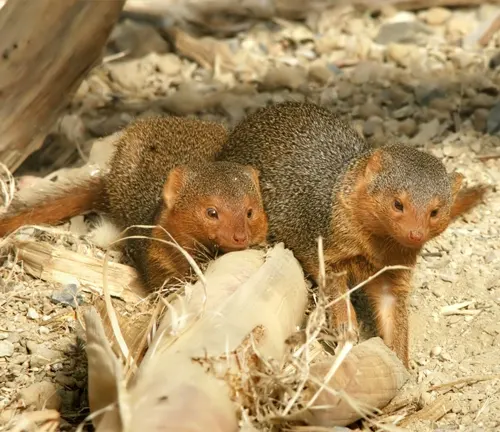
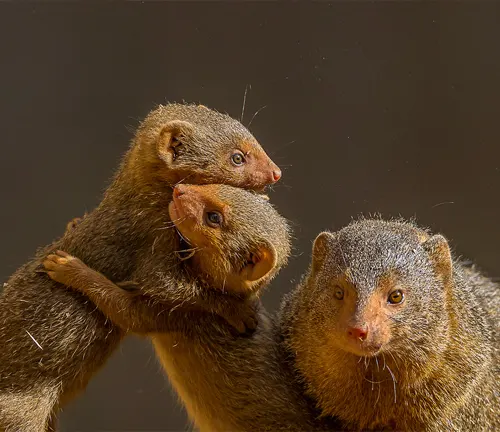
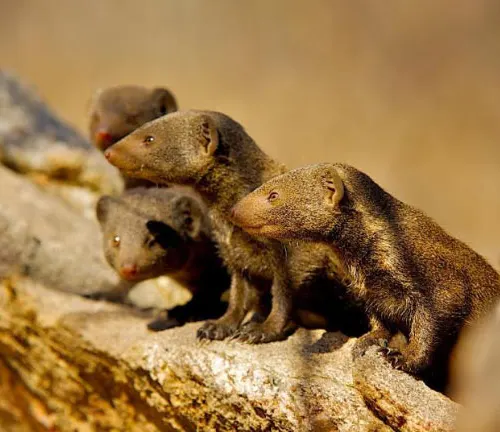
Dwarf mongooses are highly social animals, living in close-knit family groups known as troops. These troops consist of up to 20 individuals, led by a dominant breeding pair. Cooperation and mutual grooming are key aspects of their social behavior, contributing to their survival in the wild.
- Troop Structure: Dwarf mongooses live in family groups consisting of up to 20 individuals, with an average troop size ranging from 8 to 15 members. Each troop is led by a dominant breeding pair, usually the oldest and largest individuals in the group.
- Cooperative Behavior: Cooperation is a fundamental aspect of dwarf mongoose social structure. Members of the troop work together to defend territory, forage for food, and care for young offspring. Cooperation enhances their chances of survival in the wild.
- Mutual Grooming: Grooming plays a crucial role in maintaining social bonds within the troop. Members engage in mutual grooming, where they groom each other’s fur to remove parasites, strengthen social connections, and reduce tension within the group.
- Communication: Dwarf mongooses communicate through a variety of vocalizations, including chirps, squeaks, grunts, and alarm calls. These vocalizations convey information about food sources, potential threats, and social interactions within the troop.
- Territorial Behavior: Dwarf mongooses are territorial animals, defending their territory against intruding troops and predators. They mark their territory with scent markings, feces, and urine, which serve as visual and olfactory cues to deter rivals and assert dominance.
- Playful Behavior: Dwarf mongooses are known for their playful demeanor, often engaging in games such as chasing, wrestling, and mock fighting. Play behavior helps strengthen social bonds, develop coordination skills, and relieve stress within the troop.
Diet and Feeding Habits
As carnivores, dwarf mongooses have a diverse diet consisting of insects, small rodents, reptiles, and eggs. They are skilled hunters and foragers, using their keen sense of smell and agility to catch prey. Cooperative hunting within the troop enhances their efficiency in securing food.
Insectivorous Diet
Insects form the bulk of the dwarf mongoose’s diet, with species such as beetles, grasshoppers, termites, and ants being common prey items. They are skilled hunters, using their keen sense of smell and agility to locate and capture insects on the ground and in vegetation.
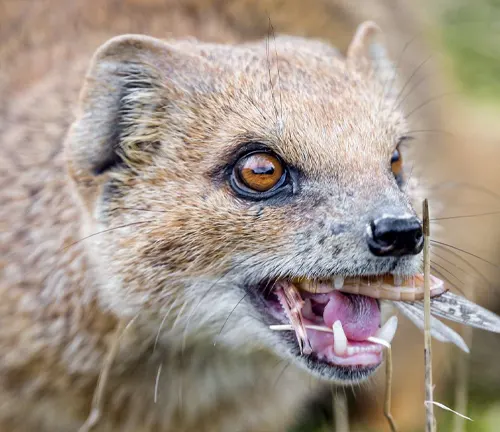
Small Vertebrates
In addition to insects, dwarf mongooses also prey on small vertebrates such as lizards, frogs, snakes, and small rodents. They are opportunistic hunters and will seize any available prey that they can overpower and consume.
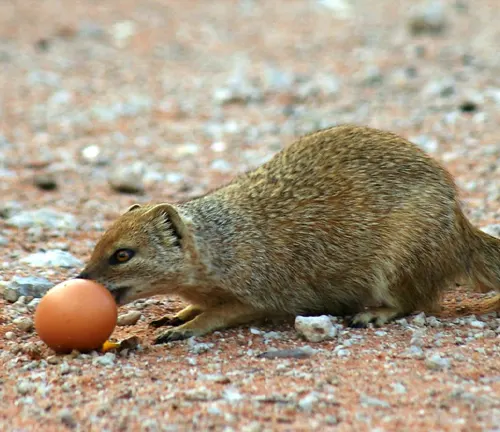
Bird Eggs and Nestlings
Dwarf mongooses are known to raid bird nests to feed on eggs and nestlings, especially during the breeding season when these resources are abundant. They may climb trees or use their agility to access nests located in elevated positions.
Fruits and Plant Matter
While dwarf mongooses are primarily carnivorous, they may supplement their diet with fruits, berries, and other plant matter, particularly during periods of scarcity or when fruits are readily available in their habitat.
Foraging Strategy
Dwarf mongooses employ a variety of foraging strategies to obtain food, including solitary hunting, cooperative hunting within the troop, and scavenging. Cooperative hunting enhances their efficiency in capturing larger prey and defending against predators.
Feeding Behavior
After capturing prey, dwarf mongooses typically consume it immediately at the site of capture. They may tear apart larger prey items into smaller pieces using their sharp teeth and agile jaws before ingesting them.
Different Species
Common Dwarf Mongoose
(Helogale parvula)
Found throughout sub-Saharan Africa, the common dwarf mongoose is the most widespread species of dwarf mongoose. It inhabits a variety of habitats including savannas, woodlands, and scrublands.
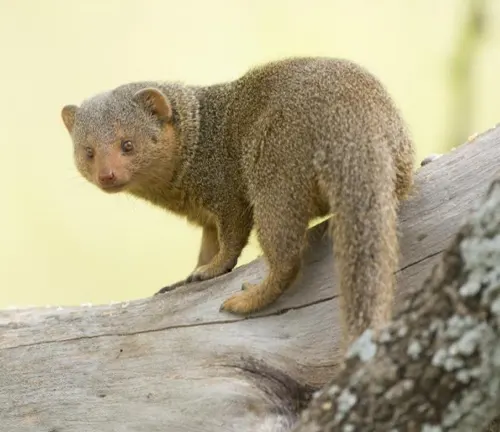
Somali Dwarf Mongoose
(Helogale hirtula)
Endemic to the Horn of Africa, the Somali dwarf mongoose is found in Somalia, Ethiopia, and Djibouti. It is slightly larger than the common dwarf mongoose and has a more reddish-brown fur coloration.
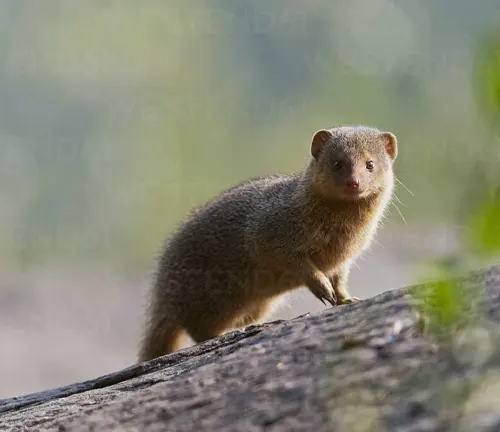
Angolan Dwarf Mongoose
(Helogale undulata)
Found in Angola and Namibia, the Angolan dwarf mongoose is characterized by its distinctive black-tipped tail and smaller size compared to other species. It inhabits dry savannas and woodlands.
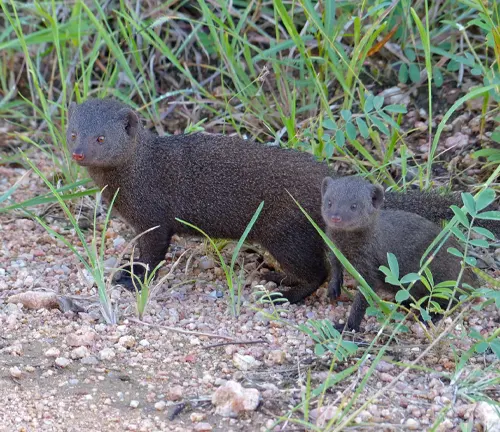
Jackson’s Dwarf Mongoose
(Helogale jacksoni)
Native to Kenya and Tanzania, Jackson’s dwarf mongoose is named after the British explorer Frederick John Jackson. It has a darker fur coloration and is found in grasslands and shrublands.
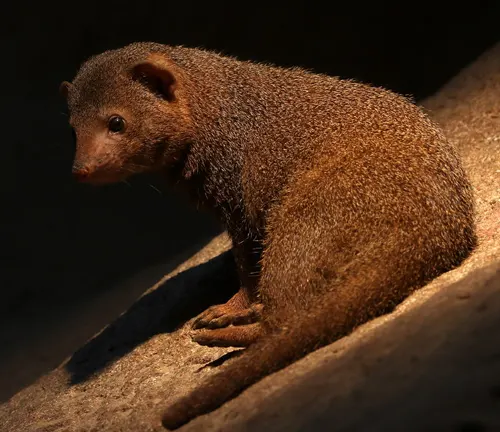
Hinde’s Dwarf Mongoose
(Helogale hindei)
Endemic to Tanzania, Hinde’s dwarf mongoose is named after the British naturalist Sidney Langford Hinde. It is the smallest species of dwarf mongoose and has a limited distribution in the eastern part of the country.
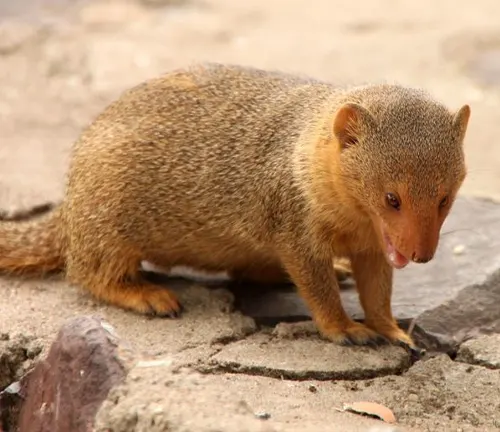
Frequently Asked Question (FAQs)
- Are dwarf mongooses friendly towards humans?
Dwarf mongooses are generally wary of humans and tend to avoid direct interaction. However, they may become accustomed to human presence in areas where they are regularly exposed to people, such as wildlife reserves or tourist sites. - How long do dwarf mongooses typically live in the wild?
In the wild, dwarf mongooses typically live for about 6 to 8 years. However, factors such as predation, disease, and availability of food can influence their lifespan. - Do dwarf mongooses make good pets?
No, dwarf mongooses do not make good pets. They are wild animals with specialized social and environmental needs that cannot be met in a domestic setting. Keeping them as pets is not only impractical but also unethical. - What is the main predator of dwarf mongooses in the wild?
Dwarf mongooses face predation from various predators, including birds of prey, snakes, larger carnivores like jackals and wildcats, and even domestic dogs and cats. - How do dwarf mongooses communicate within their troop?
Dwarf mongooses communicate through a variety of vocalizations, including chirps, squeaks, grunts, and alarm calls. They also use body language and scent marking to convey information to other members of the troop. - What is the average size of a dwarf mongoose troop?
The average size of a dwarf mongoose troop ranges from 8 to 15 individuals, although larger troops of up to 20 members have been observed. Troop size can vary depending on factors such as food availability and habitat quality. - Do dwarf mongooses hibernate during the winter?
No, dwarf mongooses do not hibernate. Instead, they remain active throughout the year, foraging for food and maintaining their social bonds within the troop. - Are there any unique adaptations that dwarf mongooses have for survival?
Dwarf mongooses have several adaptations for survival, including their small size, agility, and cooperative behavior within the troop. They also have specialized dentition and digestive systems suited for their carnivorous diet. - What threats do dwarf mongooses face from human activities?
Dwarf mongooses face threats from human activities such as habitat loss due to agriculture, urbanization, and deforestation. They may also be affected by pollution, vehicle collisions, and hunting for bushmeat or traditional medicine. - Do dwarf mongooses have any natural defenses against predators?
Yes, dwarf mongooses have several natural defenses against predators, including their agility, speed, and ability to retreat into burrows or dense vegetation. They also rely on their keen senses and alarm calls to alert the troop to potential threats. - How do dwarf mongooses contribute to their ecosystem?
Dwarf mongooses play a vital role in their ecosystem by controlling insect populations, dispersing seeds, and providing food for larger predators. Their burrows also serve as shelter for other small animals. - Are there any cultural or traditional beliefs associated with dwarf mongooses in African communities?
In some African cultures, dwarf mongooses are considered symbols of agility, teamwork, and adaptability. They may also feature in folklore or traditional stories as clever and resourceful animals. - Can dwarf mongooses be kept in captivity for research or conservation purposes?
Yes, dwarf mongooses can be kept in captivity for research, education, and conservation purposes. However, their specialized care requirements must be met, and they should be housed in appropriate facilities with enrichment and socialization opportunities. - What is the significance of grooming behavior among dwarf mongooses?
Grooming behavior among dwarf mongooses serves several purposes, including maintaining hygiene, strengthening social bonds within the troop, and removing parasites or debris from the fur. It also helps to reinforce social hierarchy and reduce tension within the group.


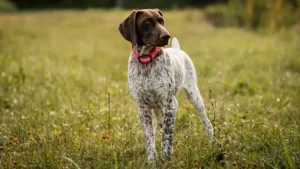
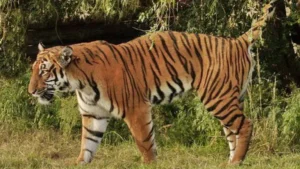
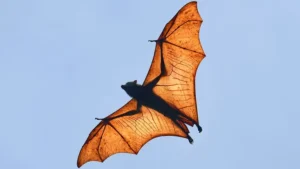

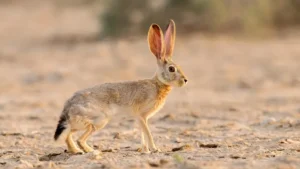




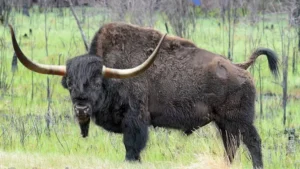

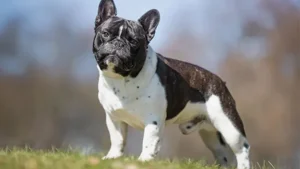
Leave your comment